Repair Or Rebuild: Making The Tough Decisions Post-Hurricane
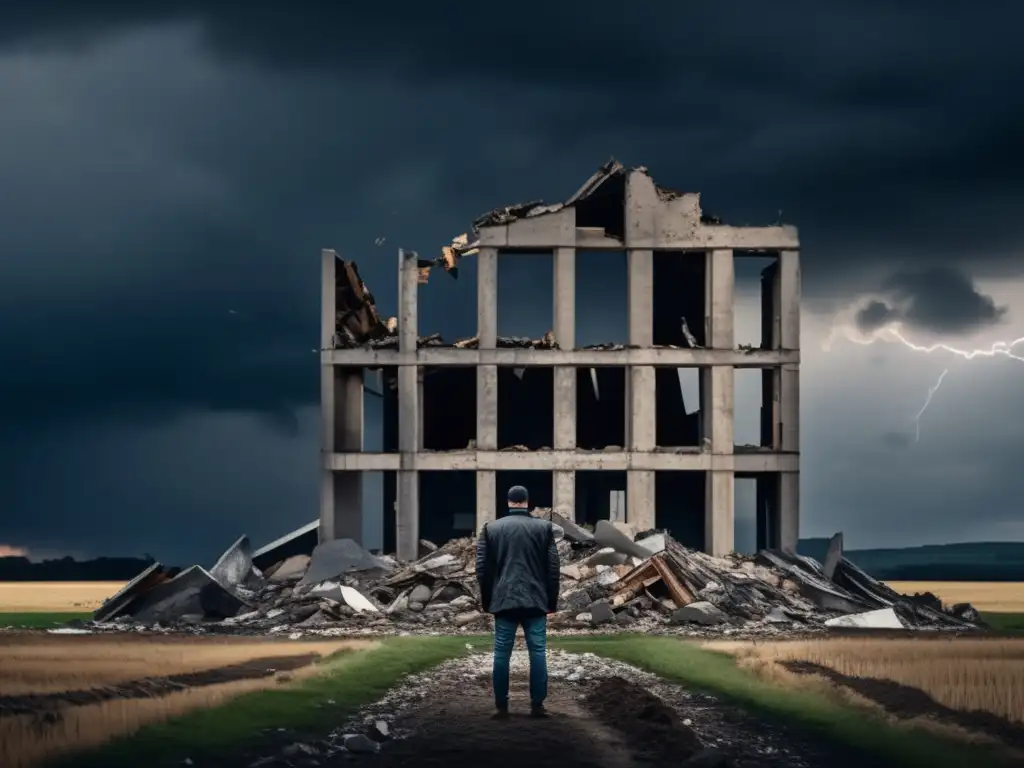
Repair or Rebuild: Making the Tough Decisions Post-Hurricane
Introduction
When a hurricane hits an area, people face the daunting task of rebuilding and repairing the damage done to their homes and properties. It can be challenging to decide whether to rebuild or repair after a hurricane, especially if it's not clear which option is the best in terms of costs, time, and safety. This article aims to provide basic knowledge about the factors that people should consider and the decisions they should make when dealing with hurricane damage.
Insurance Coverage

What insurance covers
Before deciding whether to repair or rebuild, it is essential to know your insurance coverage. Homeowners' insurance policies typically cover damages caused by hurricane winds, but not flooding. Moreover, each policy is different, so it is crucial to consult your insurance agent to understand what your policy covers. Some policies may have a "hurricane deductible," which is a percentage of the home's insured value you need to pay before the insurance kicks in. If you have flood insurance, check what it covers, as some policies have limitations regarding the type of damage they cover.
The cost of insurance coverage
Insurance premiums can rise after a hurricane, especially in areas prone to hurricanes. Therefore, before deciding whether to repair or rebuild, you need to assess whether you can afford higher premiums in the long term. Rebuilding a house that was damaged in a hurricane may also increase the value of the property, leading to higher insurance premiums than before the hurricane.
How to file a claim
If you incur losses due to a hurricane, you should file a claim as soon as possible. The sooner you file, the sooner you can receive compensation for your losses. Document the damage with photographs or videos and contact your insurance agent to start the claims process.
Assessing Damage
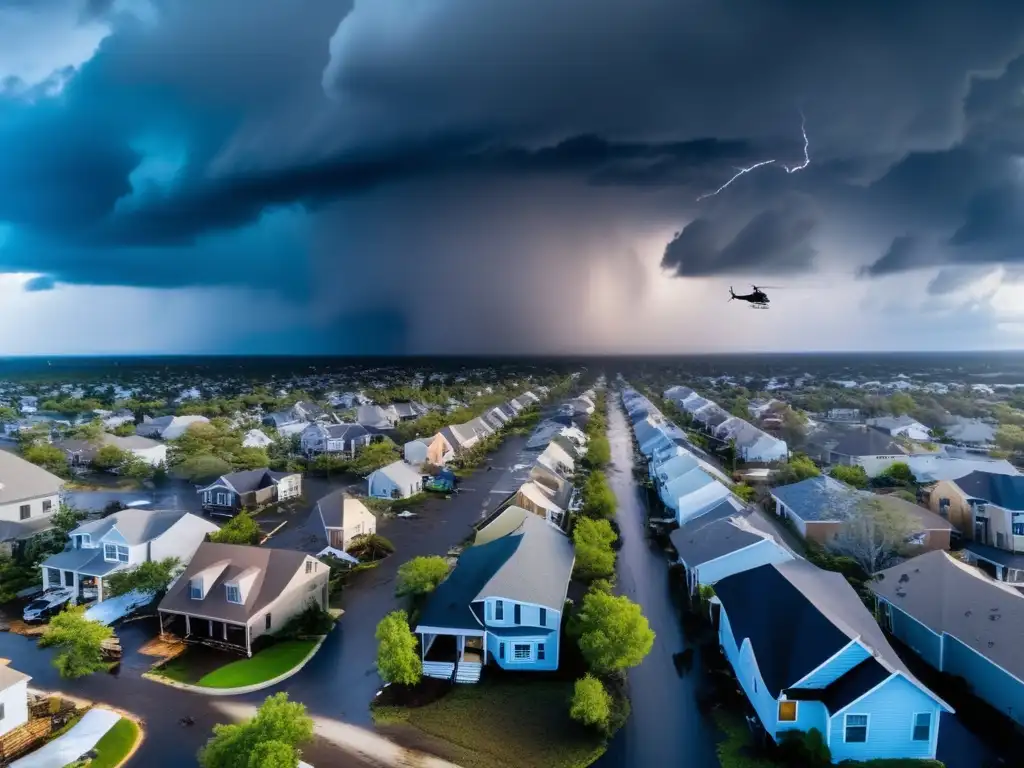
Hiring a professional inspector
A professional inspector can help assess the damage caused by the hurricane and determine whether repairing or rebuilding is the best option. Professional inspectors can identify structural damage that may not be visible to the untrained eye. It is usually advisable to contact an inspector who is not affiliated with any contractors or repair companies to avoid conflicts of interest.
Looking for signs of damage
Even though it's always advisable to hire a professional inspector, homeowners should also look for signs of damage themselves. Some examples of damage include broken windows, warped floors, cracked walls, and waterlogged carpets. Visible damages may indicate structural damage that may make repairing the house impossible.
The cost of repairs vs. rebuilding
If the damage is minor, repairing is usually the cheaper and faster option. However, if the damage is severe, rebuilding may be the better option in terms of safety and value. A professional inspector can help you decide which option is best suited for your specific situation.
Rebuilding

Building codes and permits
Before rebuilding, it is crucial to check building codes and requirements in the affected area. Building codes are continuously updated, and new requirements may be in place after a hurricane. Therefore, you need to ensure that your rebuilt house meets all the necessary building codes and obtain all necessary permits to avoid fines or legal problems down the line.
The cost of rebuilding
Rebuilding a house is more expensive than repairing it, but it also has some advantages. Rebuilding means that the house can be designed to meet modern construction standards and can be better adapted to withstand future hurricanes and extreme weather events.
The time frame for rebuilding
Rebuilding takes longer than repairing, but it also gives homeowners the opportunity to rethink their living spaces and add modifications to make their homes more hurricane resilient. However, it's essential to consider the time frame for rebuilding, especially if your family needs somewhere to live while you're out of your home. If rebuilding takes too long, alternative housing options may be necessary.
Repairing
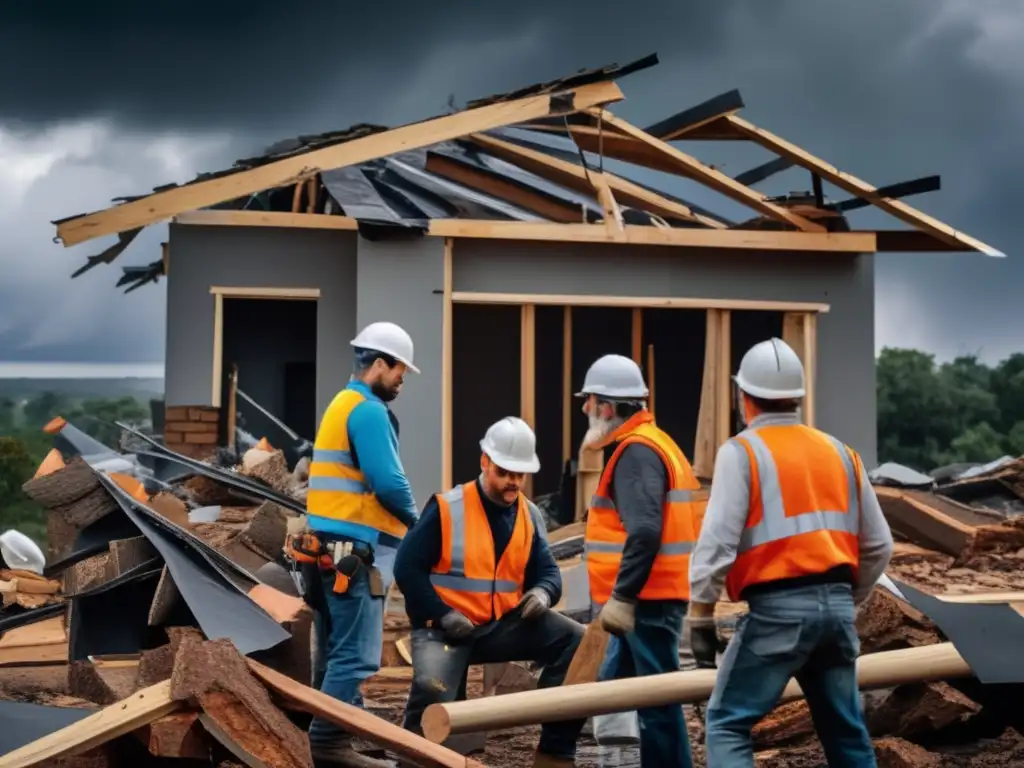
The cost of repairs
If the damage is minor, repairing is usually the cheaper and faster option. Homeowners should hire professionals to handle repairs, as they have the necessary skills and equipment to do the job safely and effectively. It's essential to get several quotations from different contractors to compare costs and choose the most reasonable one.
Guarantee of repairs
When hiring professional repair companies, ensure that they offer guarantees on their work. A guarantee gives homeowners peace of mind knowing that the repairs were done correctly, and if there are any issues, the contractor will fix them.
Retrofitting and strengthening the house
After repairing the damages caused by a hurricane, it's crucial to retrofit and reinforce the house. Retrofitting means making modifications to existing structures to protect them from future natural disasters. This can include adding hurricane shutters, reinforcing walls, or installing flood-proof doors. Retrofitting and strengthening the house can increase its value and protect it from future hurricanes.
Frequently Asked Questions

-
How long does it take to rebuild a house after a hurricane?
The time taken to rebuild a house after a hurricane depends on the extent of the damage and the availability of labor and building materials. Typically, rebuilding can take anywhere from six months to over a year.
-
Is it better to repair or rebuild after a hurricane?
It's essential to assess the extent of the damage before deciding whether to repair or rebuild. If the damage is minor, repairing is usually the cheaper and faster option. However, if the damage is severe, rebuilding may be the better option in terms of safety and value.
-
Does insurance cover hurricane damage?
Homeowners' insurance policies typically cover damages caused by hurricane winds, but not flooding. Moreover, each policy is different, so it is crucial to consult your insurance agent to understand what your policy covers. Some policies may have a "hurricane deductible," which is a percentage of the home's insured value you need to pay before insurance kicks in.
-
What are the benefits of retrofitting a house after a hurricane?
Retrofitting means making modifications to existing structures to protect them from future natural disasters. Retrofitting and strengthening the house can increase its value and protect it from future hurricanes. The cost of retrofitting is much lower than rebuilding the entire house.
-
What should I do if I don't have enough insurance coverage for hurricane damage?
If you don't have enough insurance coverage for hurricane damage, you may be eligible for disaster assistance from the Federal Emergency Management Agency (FEMA) or other organizations. You can contact your local government or visit the FEMA website to learn more.
Conclusion
Repairing or rebuilding after a hurricane can be a difficult and overwhelming decision, but it's essential to assess the extent of the damage and consider your options carefully. It's crucial to have adequate insurance coverage, hire professional inspectors, and follow building codes and requirements to avoid future legal problems. Retrofitting and strengthening the house after repairs should be prioritized to protect the home from future natural disasters. By making informed decisions, homeowners can ensure that their homes are safe and that they are well-prepared for any future natural disasters.
It's important to note that the information provided is not exhaustive and should not replace professional advice. Additionally, be sure to check with local authorities and contractors before taking steps to rebuild or repair your home.
Additional Resources
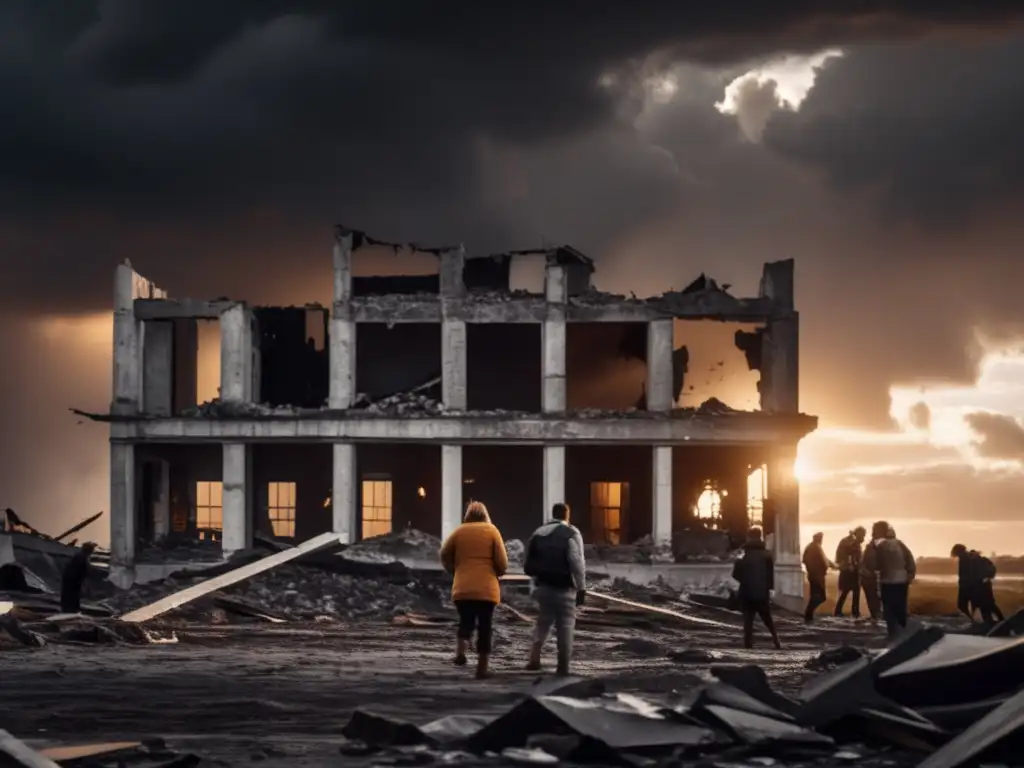
- https://www.fema.gov/rebuilding-after-hurricane
- https://www.houselogic.com/finances-taxes/home-insurance/insurance-companies-raise-rates-after-hurricane-damage/
- https://www.consumerreports.org/homeowners-insurance/what-to-do-if-your-home-is-damaged-in-a-hurricane/
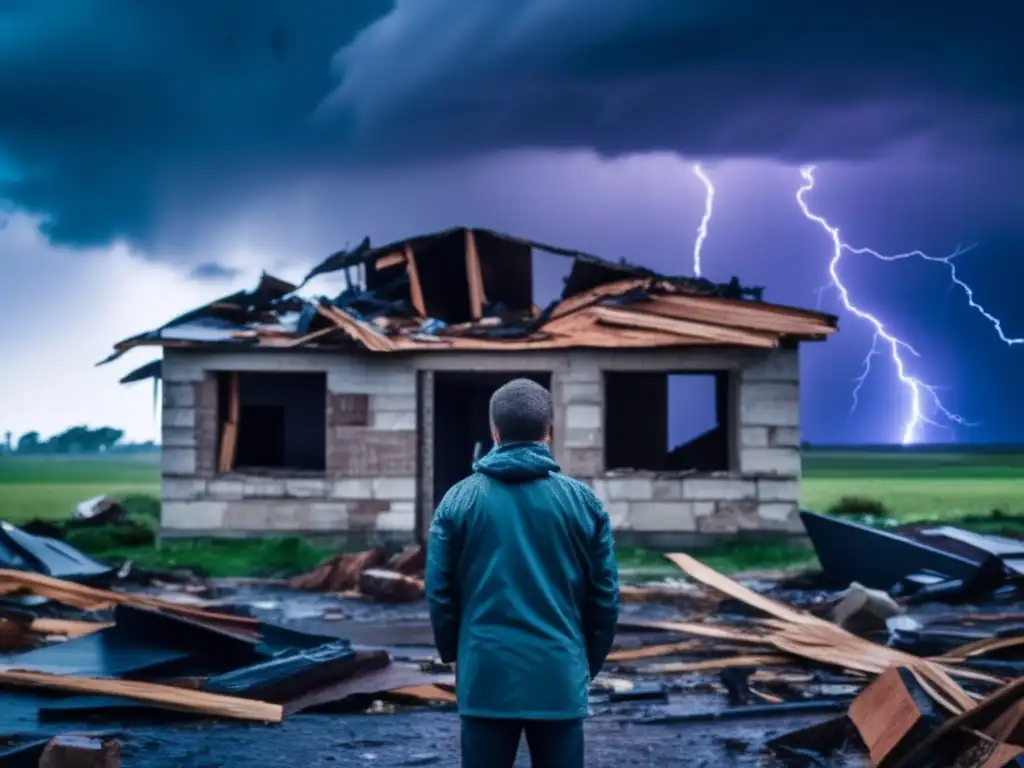 Dealing With The Aftermath: Emotional Recovery After A Hurricane
Dealing With The Aftermath: Emotional Recovery After A Hurricane Seeking Help: How To Apply For Disaster Assistance After A Hurricane
Seeking Help: How To Apply For Disaster Assistance After A Hurricane The Psychological Toll: Understanding Trauma Post-Hurricane
The Psychological Toll: Understanding Trauma Post-HurricaneIf you want to discover more articles similar to Repair Or Rebuild: Making The Tough Decisions Post-Hurricane, you can visit the Hurricane recovery: category.
Leave a Reply

Articulos relacionados: